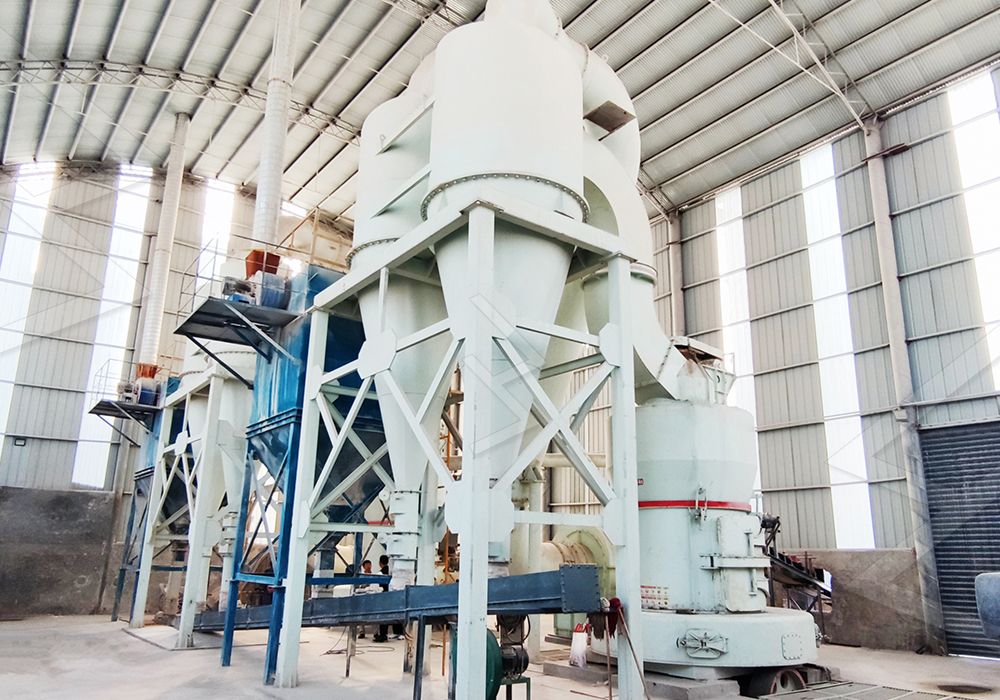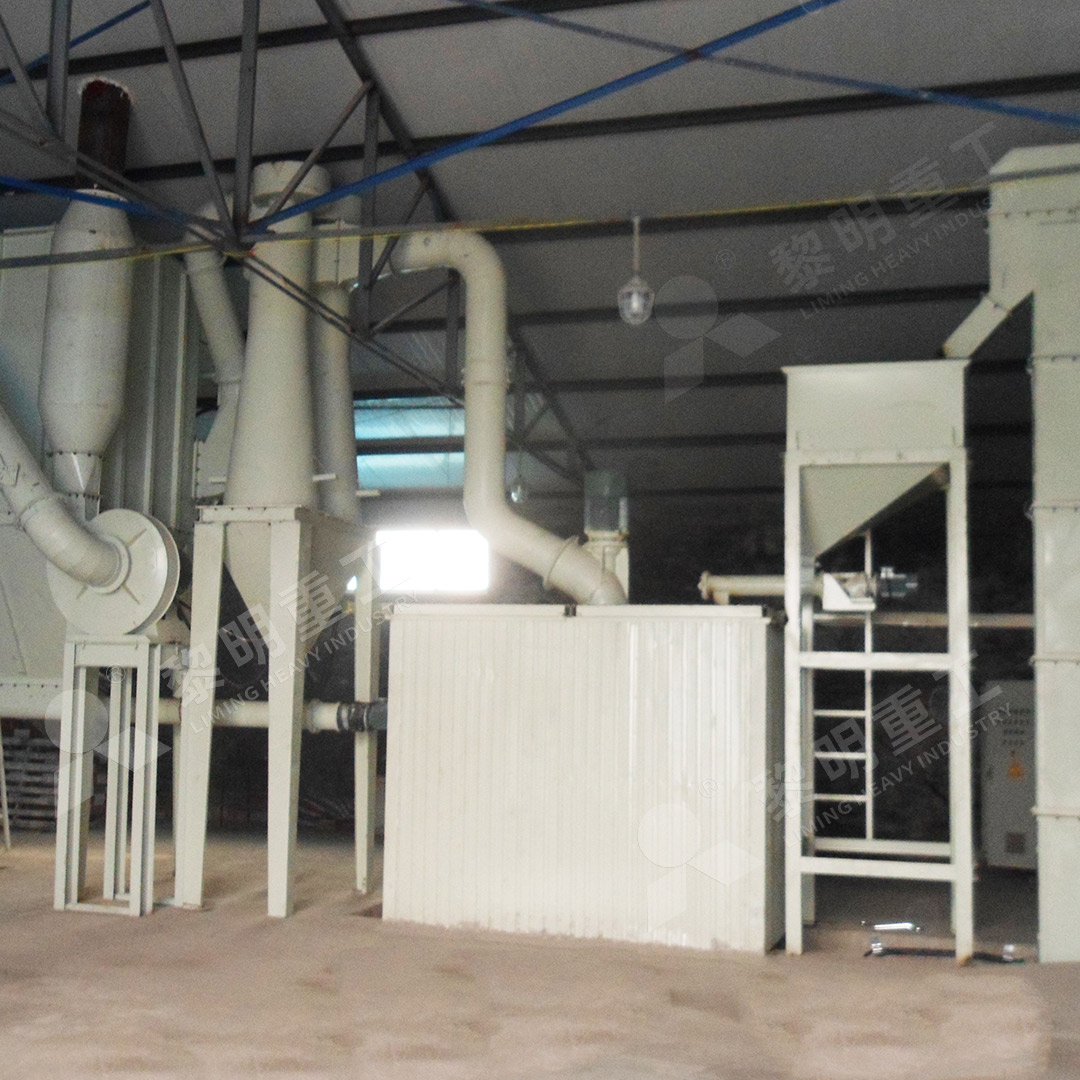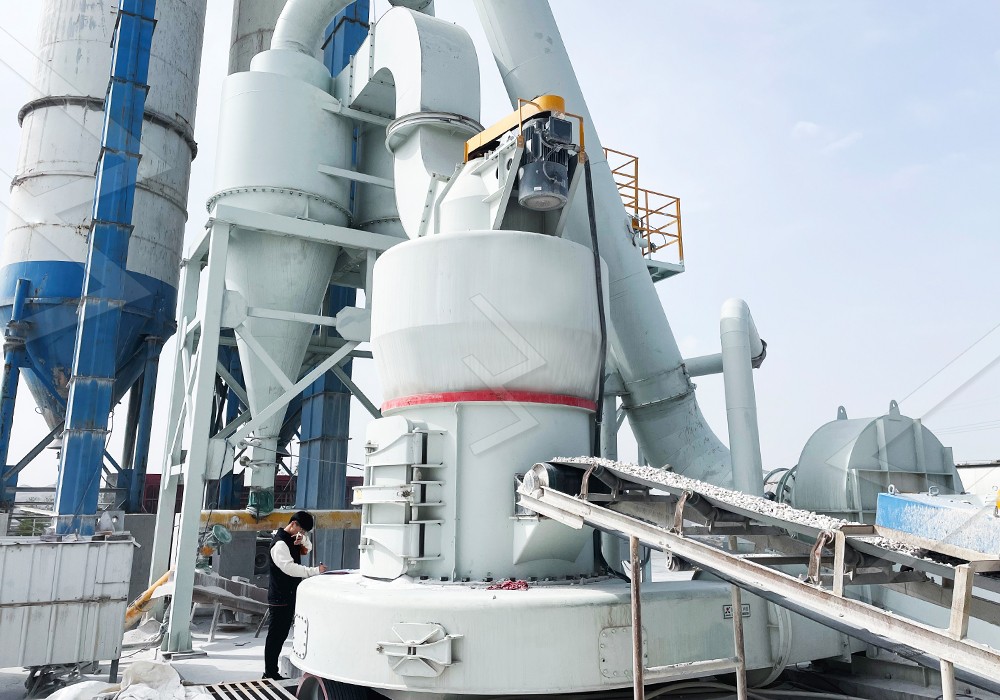High Capacity Limestone Grinding Mill for Large-Scale Production
High Capacity Limestone Grinding Mill for Large-Scale Production
In today’s competitive industrial landscape, the demand for high-volume limestone processing has never been greater. From construction materials to industrial fillers, finely ground limestone serves as a fundamental component across multiple sectors. For operations requiring substantial throughput without compromising on particle uniformity, selecting the appropriate grinding equipment becomes paramount to profitability and efficiency.

Traditional grinding solutions often struggle to maintain consistent output while managing operational costs. The limitations of older mill designs become particularly apparent in large-scale production environments where even minor inefficiencies multiply into significant losses. Modern grinding technology addresses these challenges through innovative engineering that prioritizes both capacity and precision.
The Evolution of Industrial Grinding Technology
Over the past decade, grinding mill technology has undergone significant transformation. Where previous generations of equipment focused primarily on basic size reduction, contemporary designs integrate multiple processes including drying, classification, and material transport within single, streamlined systems. This integrated approach reduces overall footprint while enhancing processing efficiency.
One standout solution for high-volume limestone production is our MW Ultrafine Grinding Mill. Engineered specifically for operations requiring ultra-fine powder in substantial quantities, this advanced system represents a leap forward in grinding technology. With capacity ranging from 0.5 to 25 tons per hour and the ability to process feed material up to 20mm, the MW series delivers exceptional performance for large-scale applications.

Key Considerations for Large-Scale Limestone Processing
When evaluating grinding equipment for high-volume limestone production, several factors demand careful consideration. Energy consumption per ton of processed material directly impacts operational expenses, while maintenance requirements influence overall equipment availability. The ability to consistently produce powder within specified fineness parameters—typically between 325 and 2500 meshes for premium applications—determines product quality and marketability.
The MW Ultrafine Grinding Mill addresses these concerns through multiple proprietary technologies. Its innovative grinding curve design enhances efficiency, delivering up to 40% higher production capacity compared to jet mills and double the output of traditional ball mills. Meanwhile, the absence of rolling bearings and screws within the grinding chamber eliminates common failure points, significantly reducing maintenance-related downtime.
Environmental Compliance in Modern Grinding Operations
Contemporary industrial operations must balance production demands with environmental responsibility. Dust emissions and noise pollution present particular challenges in mineral processing facilities. Advanced grinding systems incorporate comprehensive environmental controls to address these concerns without compromising performance.
Our MW series exemplifies this approach with integrated pulse dust collection and noise suppression technology. The efficient pulse dust collector ensures virtually dust-free operation, while specially designed mufflers and noise elimination chambers maintain workplace noise at acceptable levels. These features allow operations to meet stringent environmental standards while maintaining production targets.

Frequently Asked Questions
What makes the MW Ultrafine Grinding Mill suitable for large-scale limestone production?
The MW series combines high throughput (0.5-25 tph) with exceptional energy efficiency, producing up to 40% more output than comparable jet mills while consuming only 30% of the energy. Its robust construction and minimal maintenance requirements ensure continuous operation essential for large-scale production.
How does the fineness adjustment work on the MW Grinding Mill?
The mill features an advanced cage-type powder selector with German technology, allowing precise fineness adjustment between 325-2500 meshes. The multi-head configuration enables operators to fine-tune output based on specific production requirements for yield, fineness, and sieving rate.
What environmental features are incorporated into the design?
The system includes an efficient pulse dust collector that eliminates dust pollution throughout the milling process. Additionally, silencers and noise elimination rooms reduce operational noise, ensuring compliance with national environmental protection standards.
How does the maintenance requirement compare to traditional grinding mills?
With no rolling bearings or screws in the grinding chamber and external lubrication points that allow maintenance without shutdown, the MW series significantly reduces maintenance demands. The design eliminates common failure points that typically require frequent attention in conventional mills.
